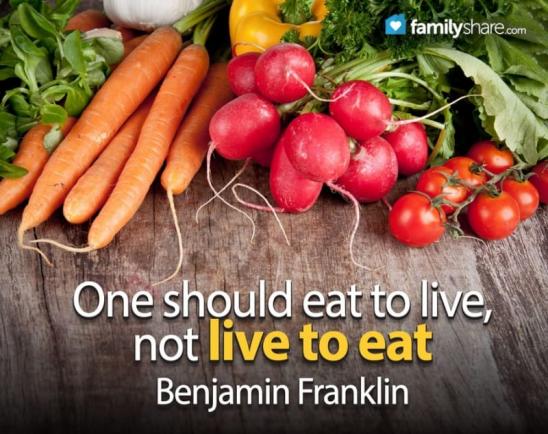
Do you know your numbers? If not, now is the perfect time see your doctor. Many factors, including age, weight, and gender can contribute to having high cholesterol.
According to MedicineNet.com, "Eating too much saturated fat and cholesterol is the main reason for high levels of cholesterol and a high rate of heart attacks in the United States. Reducing the amount of saturated fat and cholesterol you eat is a very important step in reducing your blood cholesterol levels."
'Bad' Cholesterol
Proteins called low-density lipoproteins (LDL) carry cholesterol in the blood. This is known as "bad" cholesterol because it combines with other substances to clog the arteries. A diet high in saturated fats and trans fats tends to raise the level of LDL cholesterol. For most people, an LDL score below 100 is healthy, but people with heart disease may need to aim even lower.
'Good' Cholesterol
High-density lipoproteins (HDL) carry up to one-third of blood cholesterol. This is called "good" cholesterol because it helps remove bad cholesterol, preventing it from building up inside the arteries. The higher the level of HDL cholesterol, the better. People with too little are more likely to develop heart disease. Eating healthy fats such as olive oil may help boost HDL cholesterol.
Triglycerides
The body converts excess calories, sugar, and alcohol into triglycerides, a type of fat that is carried in the blood and stored in fat cells throughout the body. People who are overweight, inactive, smokers, or heavy drinkers tend to have high triglycerides, as do those who eat a very high-carb diet. A triglycerides score of 150 or higher puts you at risk for metabolic syndrome, which is linked to heart disease and diabetes.
Total Cholesterol
Total cholesterol measures the combination of LDL, HDL, and VLDL (very low density lipoprotein) in your bloodstream. VLDL is a precursor of LDL, the bad cholesterol. A total cholesterol score less than 200 is considered healthy in most cases. People who score in the "high" range have an increased risk of developing heart disease compared to those who score below 200.
No more than 35 percent of your daily calories should come from fat. However, not all fats are equal. Saturated fats from animal products and tropical oils raise LDL cholesterol. Trans fats carry a double-whammy, boosting bad cholesterol while lowering the good kind. These two bad fats are found in many baked goods, processed food and fried foods, such as doughnuts, fries, chips, stick margarine, and cookies. Unsaturated fats may lower LDL when combined with other healthy diet changes. They're found in avocados, olive oil and peanut oil.
A big part of controlling cholesterol has to do with cooking techniques. When it comes to healthy eating, cooking technique is everything.
The unhealthiest way to cook food is frying. It adds a lot of extra fat. Next, boiling food is not unhealthy but it takes away a lot of beneficial vitamins and minerals.
Instead of those two methods give these a try
Baking
Use dry heat, below 400 degrees for meat and fish, roasts, and vegetables.
Braising
Brown the ingredients first then cover with broth or water and slowly cook.
Poaching
Gently simmer ingredients in water or broth using minimal amounts of liquid.
Steaming
Quickly cook foods above a small amount of water. This allows food to retain most of the nutrients. When you smell it, it's done.
Broiling
Use intense, direct heat. Broiling can be done under the broiler in an oven or over the coals of a BBQ grill. The high temperatures brown and crisp the outside while sealing in the juices.
Grilling
Use leaner cuts and marinade meat to reduce the formation of heterocyclic amines (HA), a chemical released when cooking meat over a flame which may cause colon cancer. Gas grills are better than charcoal for reducing HA.
Sautéing
Quickly cook relatively small or thin pieces of food.
Roasting
It's like baking, but at higher temperatures. Also, use a rack underneath the meat so excess fat can drip below.
Stir-frying
This is similar to sautéing. Quickly cook small pieces of food while rapidly stirring in a small amount of oil that's almost to the smoking point.
The main rule of thumb for healthy cooking is to avoid cooking methods that require excessive fat. Remember to eat a lot of fresh fruits, vegetables, and drink plenty of water. I try to incorporate healthy cooking techniques and use healthy oils, in moderate amounts, in all of my cooking. I call my process "health-i-fying" recipes!
High Cholesterol effects both men and women. It's a good idea to get it checked by the age of 40, then follow your doctors recommendations for repeat screenings. I had my almost 40-year-old blood work - which includes checking cholesterol levels - a few months ago. As much as I hate being poked with needles, it was comforting to know I have a clean bill of health.

